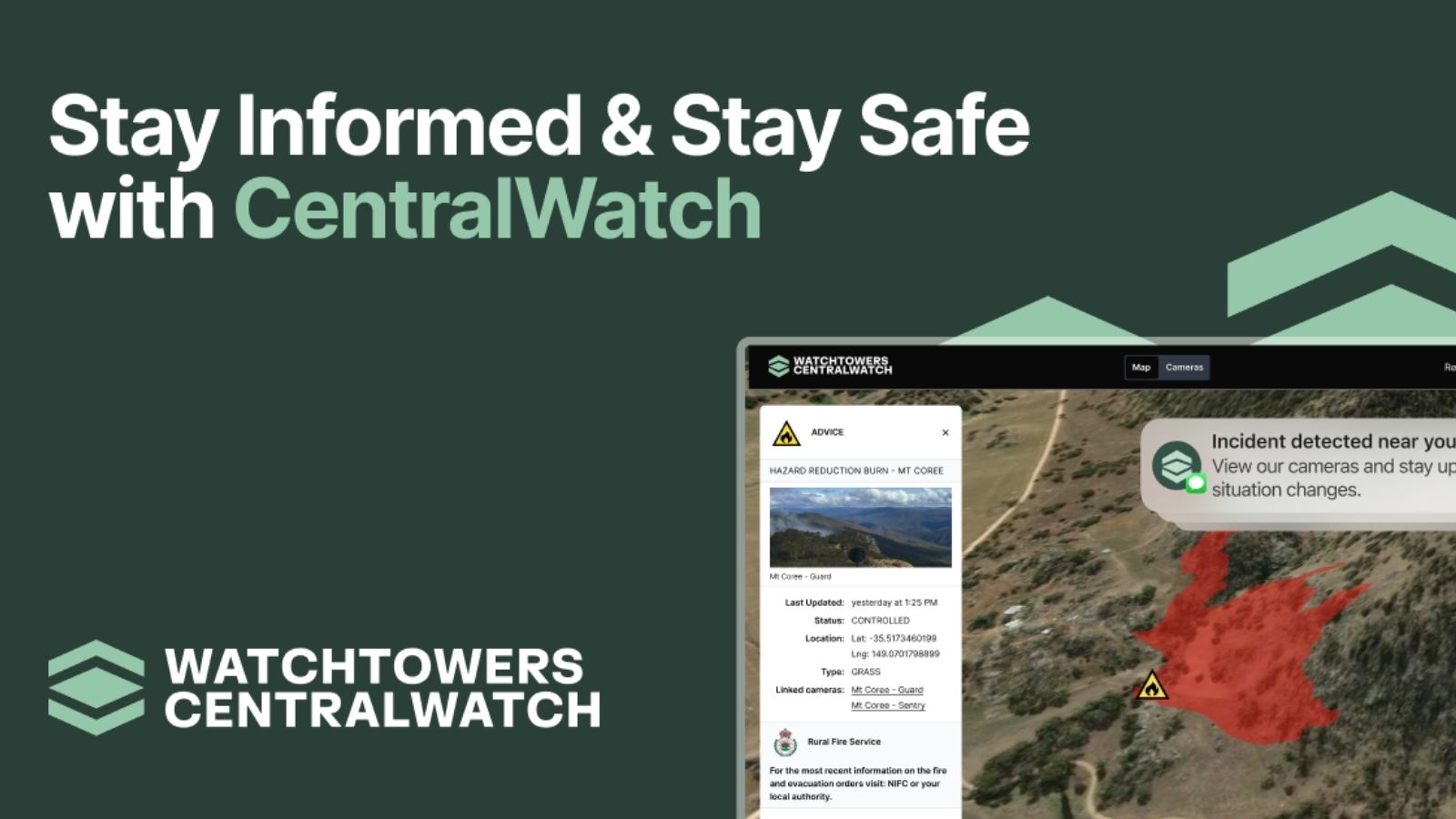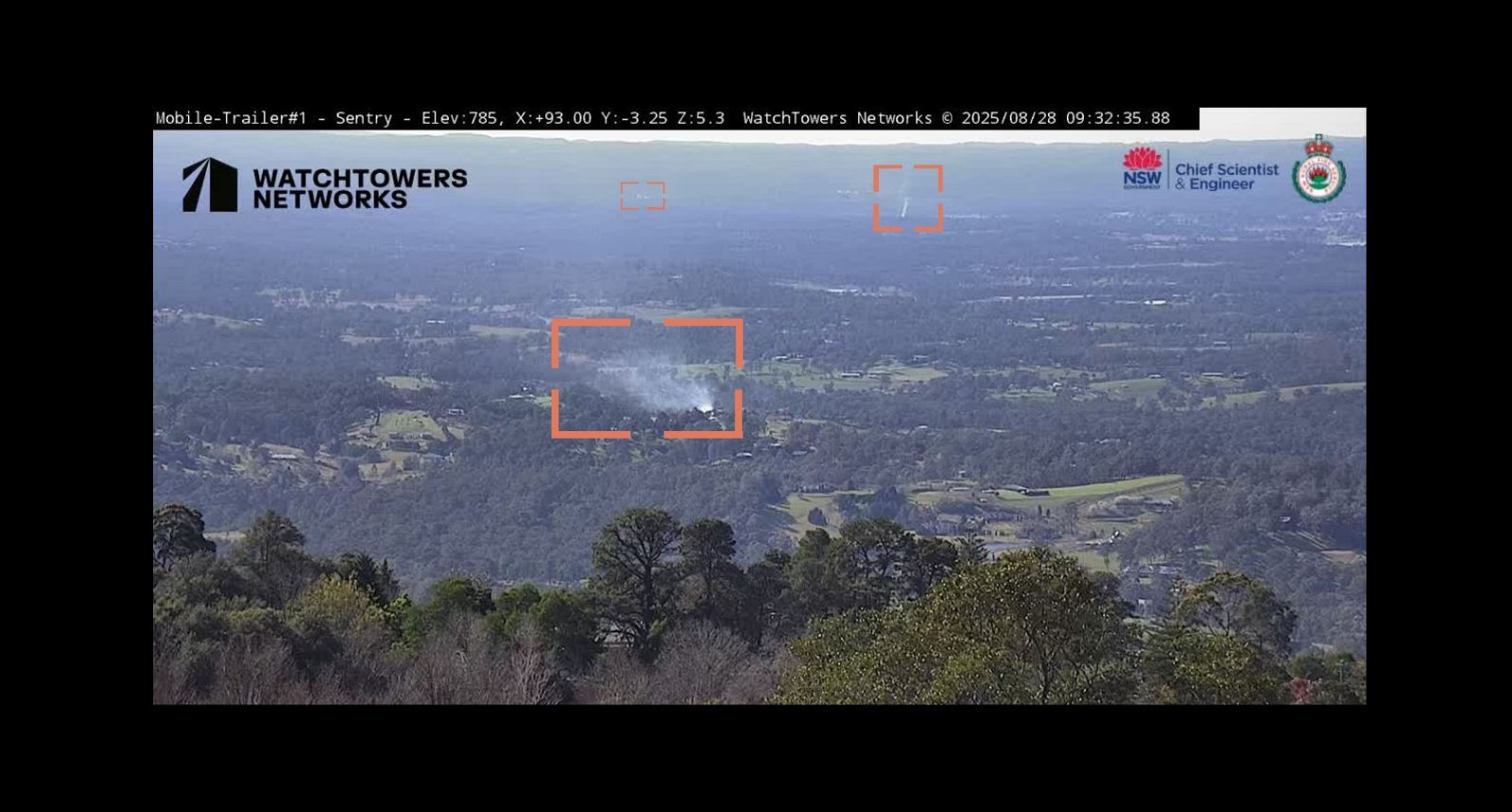Image: The Gospers Mountain Fire of 2019, one of the largest bushfires in Australian history, viewed from Kurrajong Heights. Image courtesy of Lyn Ward via Kurrajong Heights RFS
Bushfires often move faster than people expect. On a hot, windy day, a grassfire can outrun most people. Winds can also carry burning embers kilometres ahead of the main fire, sparking new blazes before crews even reach the first one. If the fire runs uphill, it spreads much quicker than it does on flat ground.
So why do bushfires spread the way they do? It comes down to four things: the weather, the wind, the terrain and the fuel. These are the conditions that shape bushfire behaviour - how fast a fire moves and how hard it is to control.
Understanding how bushfires spread means making better choices to keep your family, farm or business safe when fire season comes around. Here’s our no-jargon explainer.
Why do grassfires spread faster than bushfires?
Grassfires are quick and unpredictable. In hot, dry, windy weather they can tear across paddocks at speeds of up to 25 kilometres an hour. That’s faster than most people can run. Because grass burns fast, there’s nothing to slow the flames down.
This is why the first few minutes matter so much. Even before a fire builds into a column of smoke, flames can already be racing through paddocks or scrub. See our guide to What Really Happens in the First Five Minutes of a Bushfire for more.
Bushfires in forests usually move more slowly, but they pack more punch. Taller flames, more heat and showers of embers make them dangerous in a different way.
How does wind change the way bushfires spread?
Wind is one of the biggest drivers. It pushes flames forward and whips embers high into the air, dropping them kilometres ahead of the main front. That’s how fires “jump” roads, rivers and even containment lines. A sudden wind change can also swing the fire around without warning, catching people off guard and turning safe areas into danger zones within minutes.
Does terrain make a difference to bushfire speed?
It does. Fires love climbing. Heat rises and preheats the vegetation above, so the steeper the slope, the faster the fire races uphill. Downhill, fire usually slows, but strong wind or heavy fuel can still make it unpredictable.
How do weather and fuel loads play a role?
Hot, dry weather sets the stage. Low humidity makes trees, scrub and grass tinder-dry. Add a run of hot days or a drought and the fuel becomes perfect fire-starter material. After a wet season, when grass and scrub grow thick, it only takes a few scorching weeks for that new growth to dry out, leaving behind plenty of fuel to feed a fire.
These same factors are what fire agencies use each day to set the Fire Danger Rating and predict bushfire behaviour. When the forecast says “Extreme” or “Catastrophic”, it’s because conditions are lined up for a fire to spread fast and be near impossible to control.
Can bushfires really jump rivers or roads?
They can, and it usually comes down to flying embers.
When a fire is burning hot, the wind can pick up burning leaves, bark or little bits of twig and toss them way out in front of the flames. If those embers land in dry grass, a paddock or even someone’s roof gutter, they can spark spot fires. Sometimes that happens kilometres ahead of where the main fire is.
That’s why fires can feel so unpredictable. You might think the flames are still a long way off, then suddenly spot fires kick off much closer. Fire crews call this an “ember attack”, and it’s the reason homes can burn even when the fire front never makes it to the street.
How fast can a bushfire spread in real life?
Faster than most people think.
Firefighters talk about a fire’s “rate of spread”, or how quickly the flames move across the ground. A simple rule of thumb says it’s roughly 10% of the wind speed. So if the wind is blowing at 25 kilometres an hour, the fire can move at about 2.5 kilometres an hour.
It doesn’t sound like much on paper, but it adds up quickly. In grass or scrub, that’s enough for a small fire to cover a paddock before anyone has time to react. That’s why the first five minutes of a bushfire matter so much. Once a fire gets a head start, it’s far harder to bring it back under control.

How can communities stay ahead of bushfire spread?
Once a fire is moving, it doesn’t take long before it’s too big to stop. Spotting smoke early and knowing what’s happening on the ground makes such a difference.
This is where WatchTowers comes in. Our Sentinel Stations keep a constant watch on the horizon, using smart cameras to pick up smoke within minutes. When something unusual appears, operators can zoom in and confirm what’s going on straight away.
All of this feeds into WatchTowers Command, the platform used by fire services to see one clear picture of what’s happening across their area. Crews get verified images and live updates they can act on.
And it’s not just for agencies. Through CentralWatch, communities get access to the same trusted feed on their phones, laptops or tablets. That means if you see smoke on the horizon, you don’t have to guess. You can check a live camera and know what’s really happening.
Stay informed and connected
This fire season, be part of the watch in your community. Register for your CentralWatch account today and get the same real-time view firefighters use to protect lives, homes and land.
.jpg)

.jpg)
.jpg)